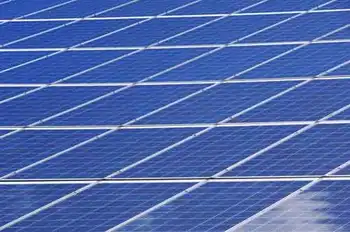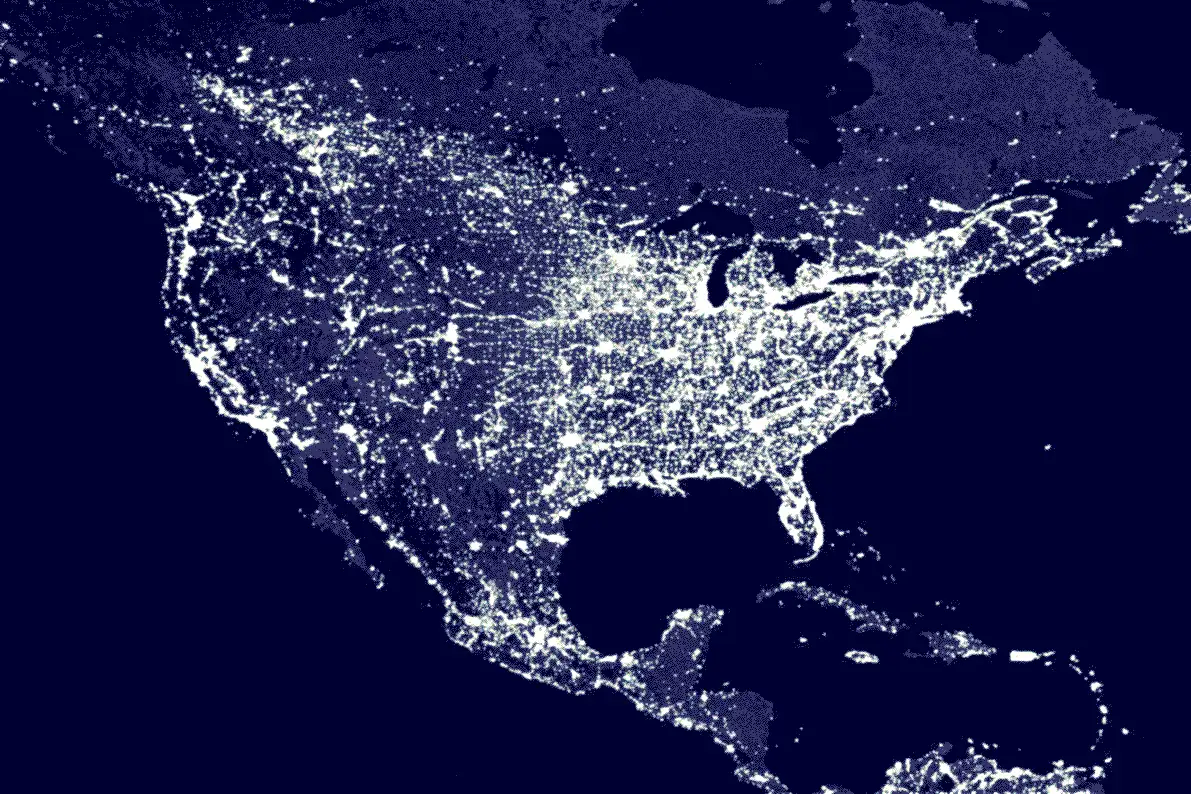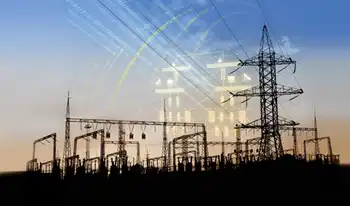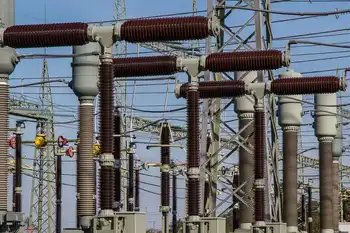CanWEA trade show coming soon
By Canada News Wire
CSA Z463 Electrical Maintenance -
Our customized live online or in‑person group training can be delivered to your staff at your location.

- Live Online
- 6 hours Instructor-led
- Group Training Available
The event, which will focus attention on the abundant, yet largely untapped wind energy potential in British Columbia and Canada, will open as the province's first wind turbine is set to begin generating electricity for the grid.
The Conference represents Canada's premier gathering of wind-energy industry experts, and brings together all disciplines of the wind industry - business, policy, science and technology. In total, the Conference and Trade Show will feature more than 200 domestic and international exhibitors and 2,000 delegates, including the world's largest, most successful and most respected wind energy producers.
Further, this highly anticipated gathering will set the stage for those involved in the industry to network and promote possibilities for wind energy, which is poised for rapid growth in British Columbia after BC Hydro's June issuance of the largest green power call in provincial history.
CanWEA will kick off Fast Forward to Wind by unveiling its bold, new vision for the crucial role wind energy can play in satisfying the country's increasing electricity demand. Premier Gordon Campbell will open the conference with a presentation on how wind energy will help B.C. meet its energy and environmental goals into the future.
Also on tap are four plenary sessions: one featuring CEOs of some of the largest wind-energy companies in the world and another with a number of Canada's provincial energy ministers, including B.C.'s Richard Neufeld, offering a government perspective on the renewable energy form.
And, for the first time in its 24-year history, the trade show will open up to the public Tuesday, Oct. 21 from 3 to 6 p.m. so it can learn more about wind energy and its potential for helping to meet the country's energy needs in a sustainable way.











